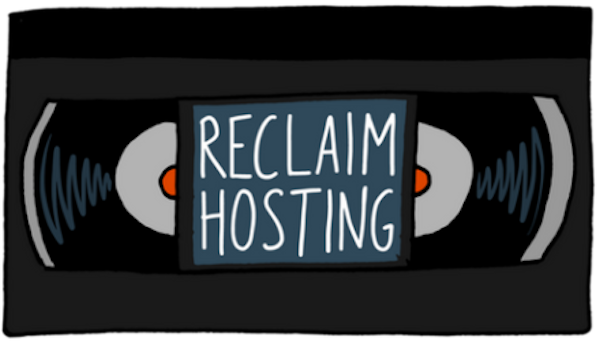Why Static Sites in cPanel Just Make Sense

If you’ve been working with websites for a while, you’ve probably heard the buzz about static sites. And honestly, there’s a good reason for it. Static sites are fast, secure, and easy to manage—especially when you’re hosting them through cPanel, which is still one of the most widely used web hosting control panels out there.
Whether you’re building something small and simple or just want to cut down on backend headaches, here’s why static sites are worth considering—and why cPanel makes the process even smoother.
What’s a Static Site?
Let’s start with the basics. A static site is made up of fixed HTML, CSS, and JavaScript files—no databases, no server-side scripts. Every visitor sees the same version of each page, which means your content is delivered extremely quickly. You can use tools like Jekyll, Hugo, or Eleventy to generate the site, and then upload it directly to your hosting space via cPanel’s File Manager or Git integration. Even easier, you can use cPanel's built-in tool, SiteJet Site Builder.
The Real Benefits of Going Static on cPanel
⚡️ Speed That Just Works
Static sites load lightning fast. There’s no backend processing, no waiting for database calls—just quick, direct delivery of your content. This is especially helpful if you’re using shared hosting through cPanel, where performance can take a hit if other users on the server are eating up resources.
“Static sites can load in a fraction of a second compared to dynamic sites…”
— Cloudflare
🔒 Security You Don’t Have to Babysit
Because static sites don’t use a database or server-side scripts, there are far fewer vulnerabilities to worry about. No login pages, no outdated plugins, no PHP exploits. It’s one of the simplest ways to keep a site secure without constant maintenance.
“A key advantage of static websites is their limited exposure to traditional web attacks…”
— OWASP
💻 Minimal Resource Usage
Static files don’t need much to run—just a web server. That means lower memory use, no PHP overhead, and no need for MySQL. If you’re on a budget-friendly hosting plan, this helps you get the most value out of it without compromising performance.
🧰 Tools You Already Have in cPanel
One of the nice things about static sites is how easily they fit into your existing cPanel setup:
- Upload files via File Manager
- Deploy via Git Version Control
- Add HTTPS with Let’s Encrypt
- Use Optimize Website to enable gzip or browser caching
You don’t need a CMS to manage your content. You’ve got everything you need right there in cPanel.
💸 Cost-Effective Without Cutting Corners
If you're using shared hosting, dynamic sites can quickly eat up your resources. Static sites let you keep things simple and fast without needing a VPS or more expensive hosting tiers. It’s a smart way to stay lean and still deliver a great experience.
When a Static Site Makes the Most Sense
If your site is mostly informational—like a portfolio, blog, landing page, or documentation site—then static is the way to go. You’ll get:
- Better speed
- Fewer security worries
- A smoother management experience
And if you do need to update content regularly, tools like Netlify CMS or Git-based workflows make that process a lot easier than it used to be.
Final Thoughts
Static sites are fast, lightweight, and low-maintenance, and when you’re using cPanel, they’re also incredibly easy to deploy. For a lot of folks (myself included), it’s a no-brainer solution for projects that don’t need all the overhead of a dynamic setup.
If you’re looking for a secure, efficient way to host a site on your existing cPanel plan, static sites are a solid move.
Sources:




